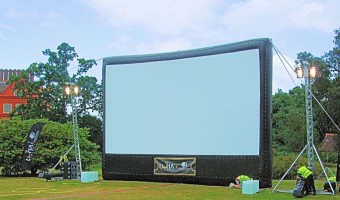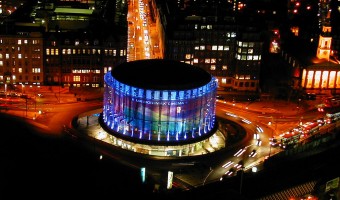Our Symbiotic Relationship With The Silver Screen
Strewn with some of the most iconic monuments, some of the most architecturally stunning buildings and some of the most historical sites, it is no surprise that film makers have sought to utilise London’s scenery on the silver screen. London and cinema have an inextricable relationship: Since John Logie Baird helped popularise the moving picture in the United Kingdom, London has been the central focus of countless films- often the leading actor- while other times being an extra.
Places of interest to visit today
Perhaps the most iconic cinematic landmark of London is King’s Cross St Pancras. J.K Rowling’s Harry Potter series appealed to both children and adults, mythologising Platform 9 ¾. Located along the wall near Platform 4 at King’s Cross St Pancras, Platform 9 ¾ is enshrined with a trolley protruding from the wall that leads the Hogwarts. Don’t forget to visit the Harry Potter shop, constructed to resemble Ollivander’s shop. For a stop that is less populated by bustling commuters, visit the City of London’s Victorian Leadenhall Market. The curved-front entrance to the Leaky Cauldron is at 42 Bull’s Head Passage. The secret Diagon Alley was filmed in the market itself.
Stanley Kubrick’s seminal A Clockwork Orange was predominantly filmed in Thamesmead in South-east London. Exuding a grim brutalist architecture consistent with the tone of the film, Kubrick described the area as “the ideal location for such a macabre film”. Stroll along the "Flat Block Marina" (Southmere Lake) beside which Malcolm McDowell tolchucked his upstart droogs, and look for the Tavy Bridge Centre, which doubled as McDowell's apartment.
Located in North London, Crouch End was formerly a much coveted place to live- that is, before the zombie infestation in Simon Pegg and Nick Frost’s Shaun of the Dead. From their flat on Nelson Road, the newsagent really is just round the corner, on Weston Park. However, the much discussed pub named The Winchester is located over the river in New Cross (Duke of Albany).


Notting Hill, a synonym for stylish London living, was immortalised in the Richard Curtis written and Roger Michell directed film titled Notting Hill. A quintessentially British film, Notting Hill thrust the eponymous chic London neighbourhood into the limelight – as well as featuring star attractions Portobello Road and the Notting Hill Coronet cinema. The movie also shows The Ritz hotel where Anna is staying. In addition to providing an architectural kaleidoscopic back drop to Notting Hill, Portobello Road offers a stylish market that sells everything from delicious street food to authentic vintage clothing to antiques.
Tonally opposing Notting Hill, Guy Ritchie’s 1998 heist comedy Lock, Stock and Two Smoking Barrels is filmed across the city. Eddie’s Dad’s bar was filmed at Vic Naylor (since revamped as Burger & Lobster) in Smithfield, while the fumblingly incompetent gang’s hideout is located on Park Street, just round the corner from the Tate Modern. The fateful 3-card-brag game was held at Repton Boys Club, a gym that was frequented by the notorious Kray Twins.
London Underground has been the star of numerous movies, including rom-coms About Time and Love Actually. The Tube has a key role to play in Gwyneth Paltrow film Sliding Doors, with her fate depending on whether she catches the next tube train, while Skyfall sets a chase scene in the London Underground.
James Bond
Suave, intelligent, sophisticated, deadly and archetypically British, the James Bond franchise has left a mark on London. Although London is seldom the central setting of the iconic 007 franchise, Great Britain’s capital is frequently appears in some form. In Goldeneye, with a cunning use of flags, a disguised Somerset House is presented as St Petersburg. Les Ambassadeurs, Bond’s first appearance on the silver screen in London, is at the Le Cercle casino in Dr No. The scene at Les Ambassadeurs gaming club near the Hilton Hotel on Park Lane. The Old War Office Building in Whitehall portrays MI6 HQ in three Bond films: Licence to Kill, A View to Kill and Octopussy.
Perhaps the least glamorous Bond location, Brent Cross shopping centre car park was used in Tomorrow Never Dies as the Atlantic garage in which Bond escapes in a remote-controlled BMW. The Reform Club, referred to Blades Club in the films, is featured in Die Another Day and Quantum of Solace-in addition to Guy Ritchie’s Sherlock Holmes films. The brutalist architecture of The Barbican is used as the London HQ for the arrival of Daniel Craig in Quantum of Solace. Vauxhall Cross, the real HQ of MI6, appears for the first time in Goldeneye and is featured in the boat chase in The World is Not Enough. Though rarely central to the plot itself, the capital is invariably the starting point for many of Bond's exploits.
Festivals
Each year, since 1953, London has hosted the BFI London Film festival at their Southbank HQ. The festival is the United Kingdom’s largest public festival of its kind, visited by thousands of cinephiles every year. Over 300 films, documentaries and short films are shown from emanating across the globe each year. The Festival is historically organised over the second half of October and shows the most exciting and original films by internationally established film-makers as well as the emerging ones. Additionally, visitors to the festival have the ability to view restored archive footage that delineates London in the early 20th century. The London Film Festival is, above all, a public event that is designed to enable the public to see films that otherwise may not be seen in the British cinemas. Moreover, BFI, traditionally, use the festival as a platform to announce their annual award winners.
Although the London film festival is seldom discussed in the same breath as Cannes and Venice film festivals, the BFI London Film Festival is quickly gaining prestige- which is manifest in the growing number of celebrities that make an appearance on the red carpet.
Museums and Displays
Founded by Jonathan Sands in February 2008, the London Film Museum seeks to delineate the history between the City and cinema. Previously known as The Movieum of London, the museum moved to Covent Garden in April 2012. Exhibiting original props, costumes and sets from some of Britain’s most iconic films, there are sections of the museum that are dedicated to how films are made- including information on all major studios. Original pieces include costumes and props from British films, 'Little Nellie' from You Only Live Twice, an original Superman meteor, the Rank Organisation gong used in their opening titles and armour made by Terry English. Furthermore, the London Film Museum includes transcendent photographs of the likes of Marilyn Monroe, Billy Wilder, John Houston and Ingrid Bergman.
Meet the unforgettable characters from the Star Wars franchise at the Star Wars Identities: The Exhibition at the O2. The museum intends to provide a fresh perspective on the legendary Star Wars characters due to over 200 models and props on display. Embark on an interactive and compelling journey through the evolution of Anakin and Luke Skywalker. Warner Brothers Studio Tour London provides a unique opportunity to explore the ineffable magic of the Harry Potter films. This tour provides Harry Potter fans with the opportunity to depart into the mystical world of the Harry Potter films.
London contains a collection of iconic landmarks featured in Hollywood films, museums and festivals that celebrate Britain’s contribution to the film industry. Currently, Britain is in the midst of a golden age of cinema: with British films earning over £1.2 billion at the box office and spending over £1.1 billion on production in 2016, who knows what landmark will be immortalised in the future.
 London and the Cinema
London and the Cinema



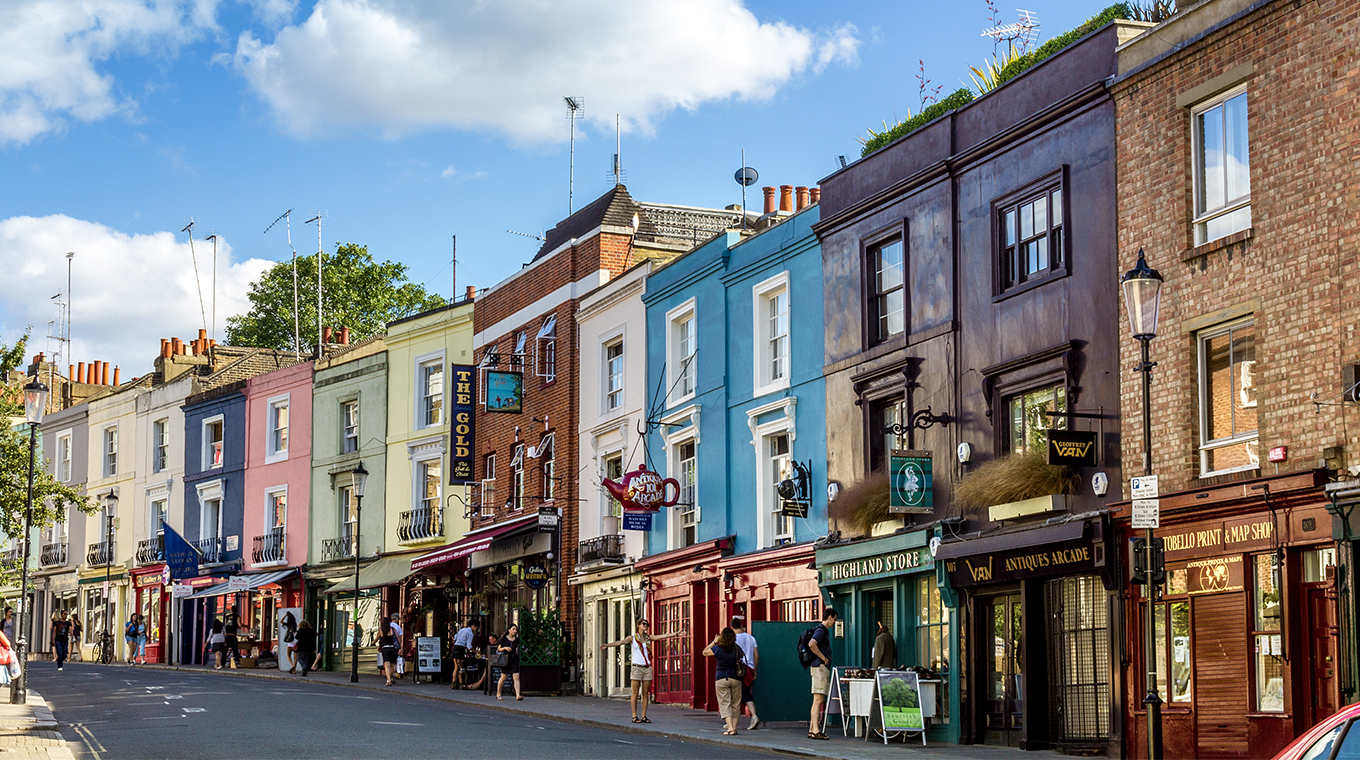
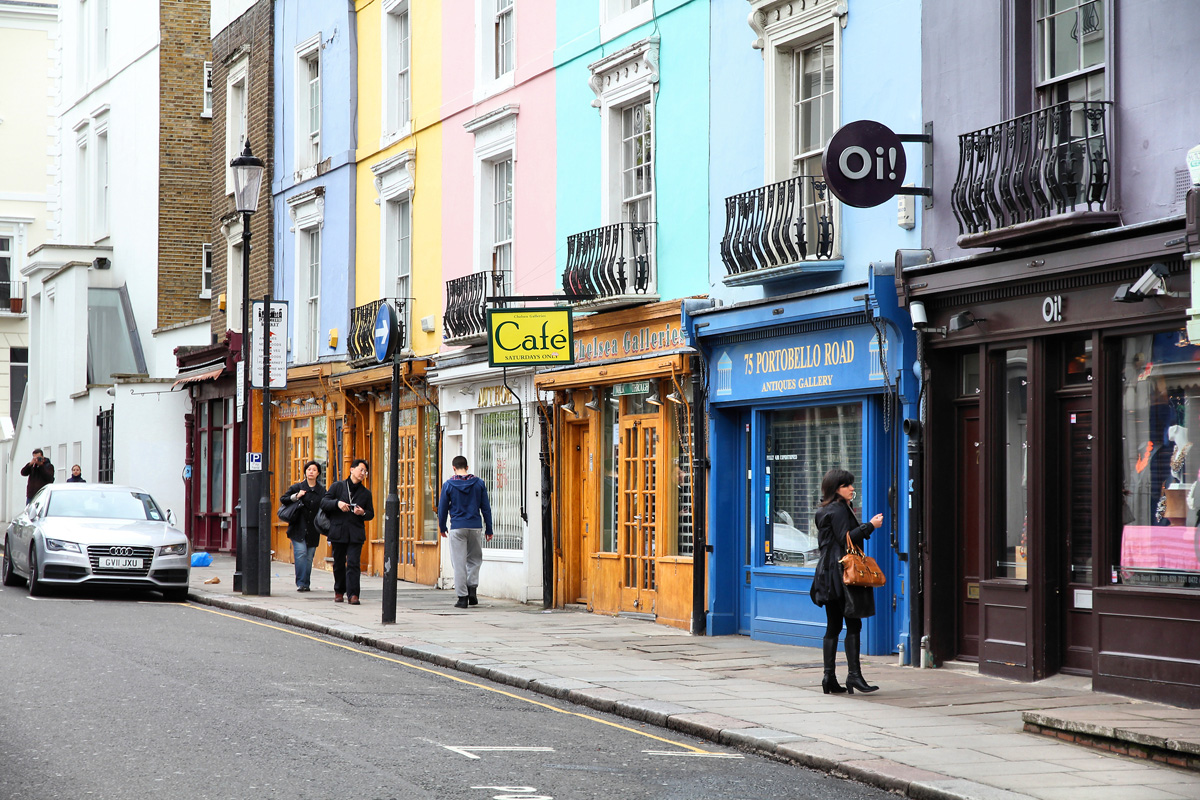
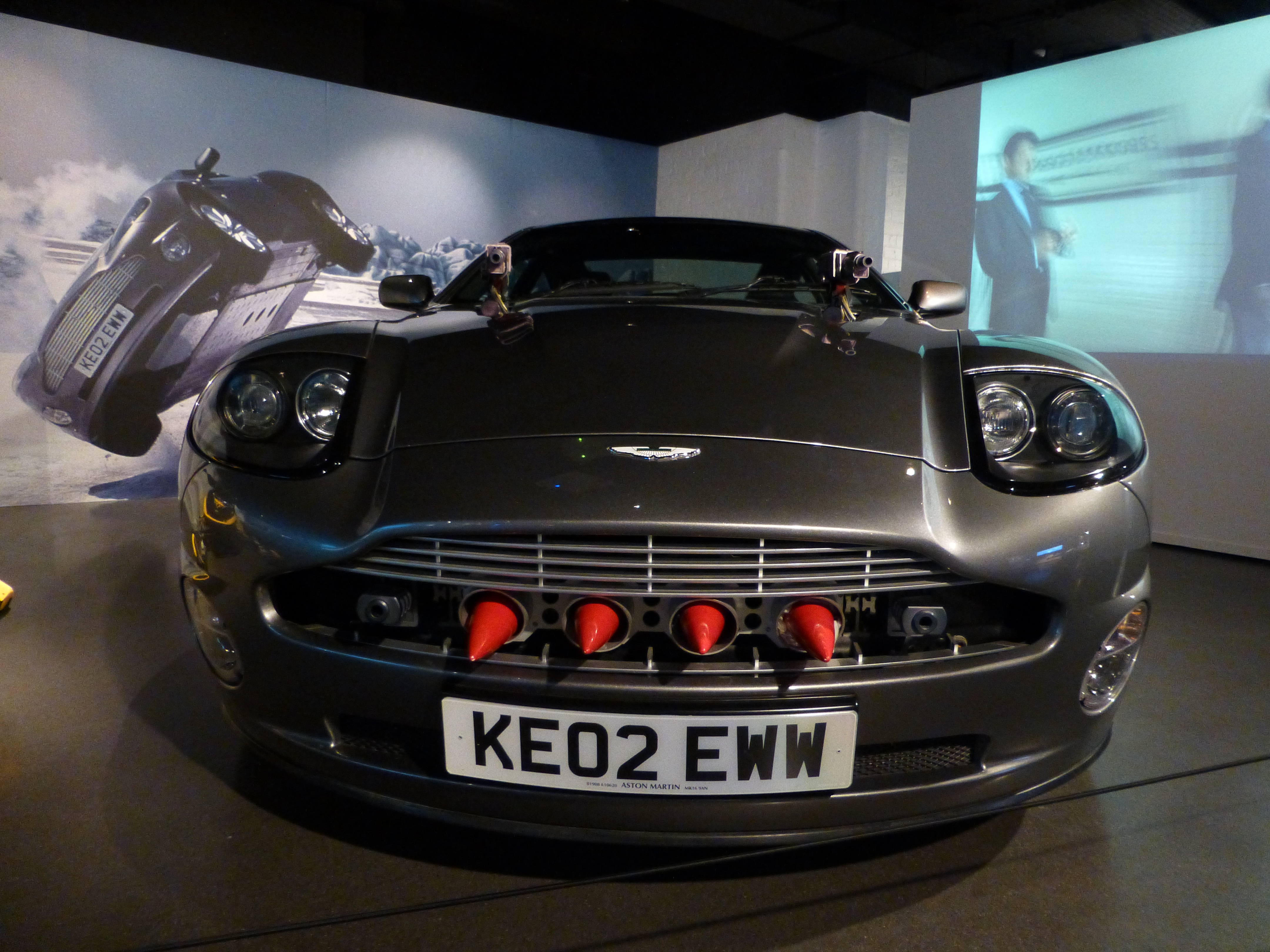

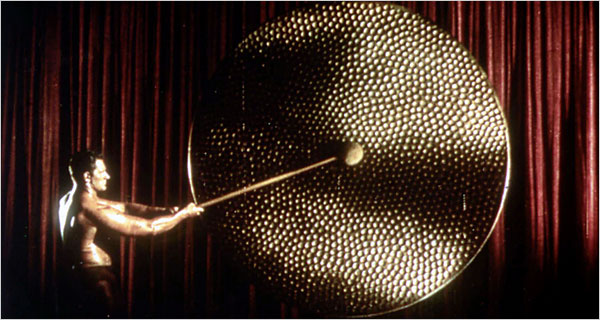
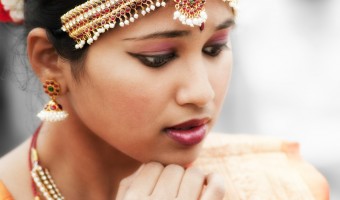
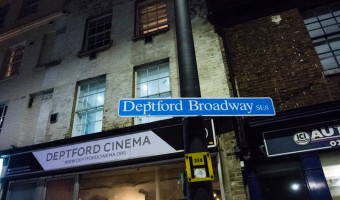
.jpg)
 Load more triptoids
Load more triptoids